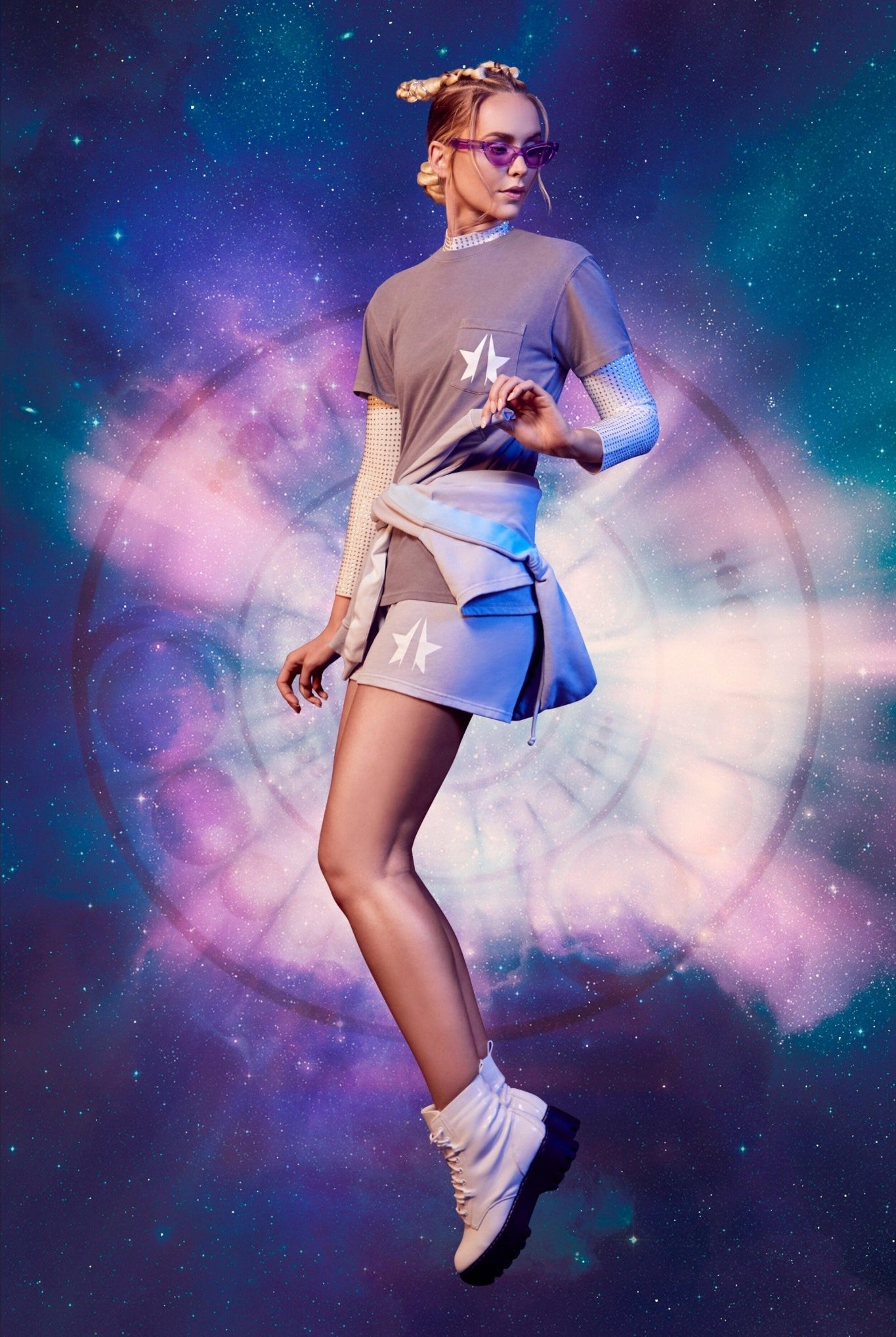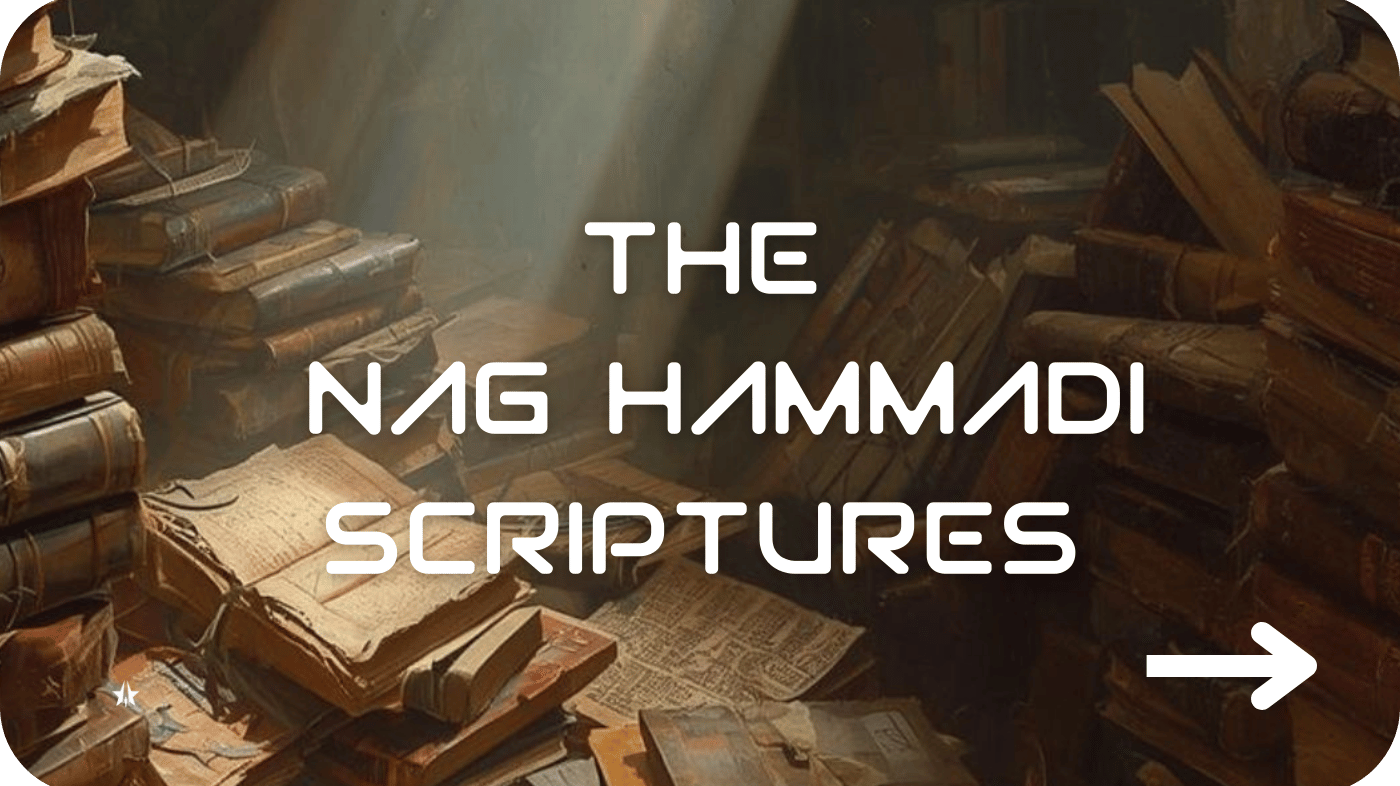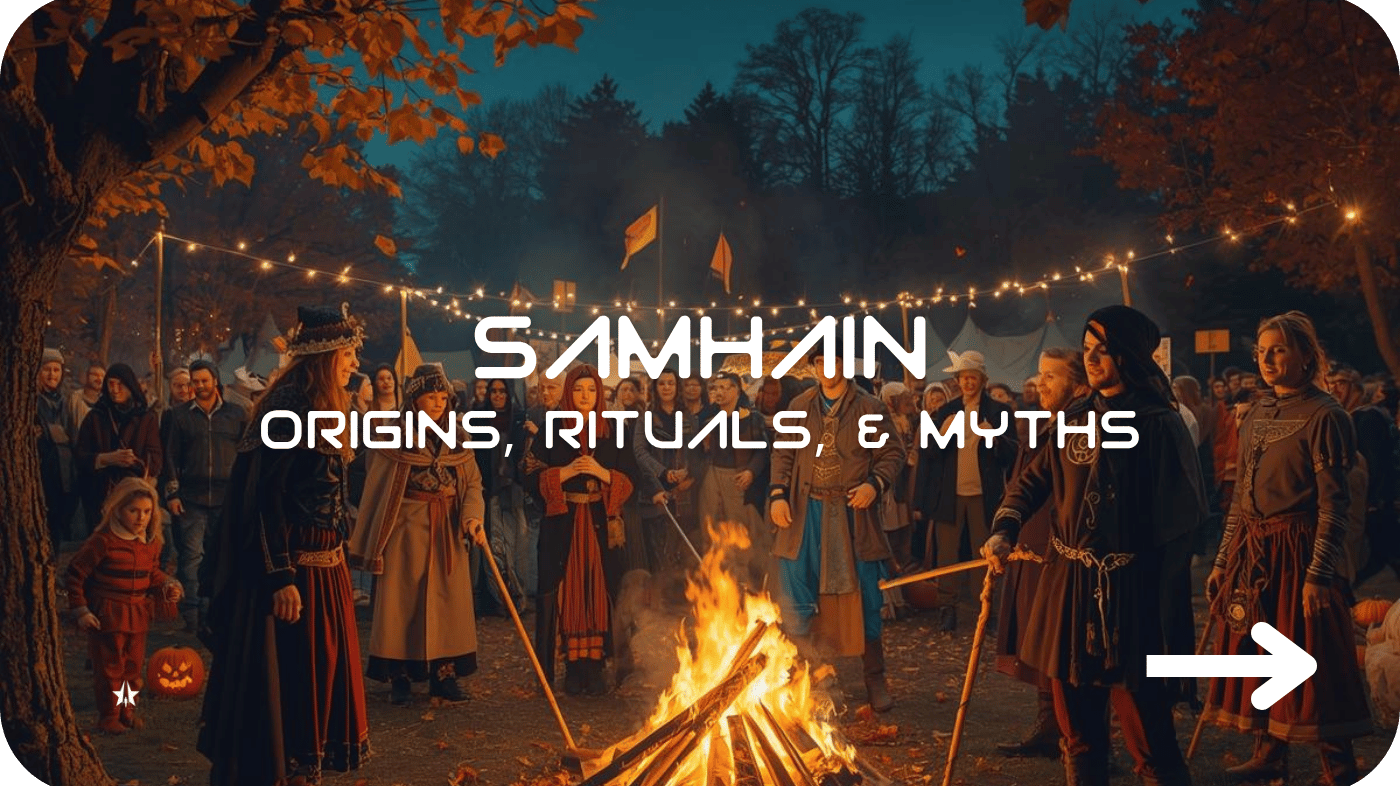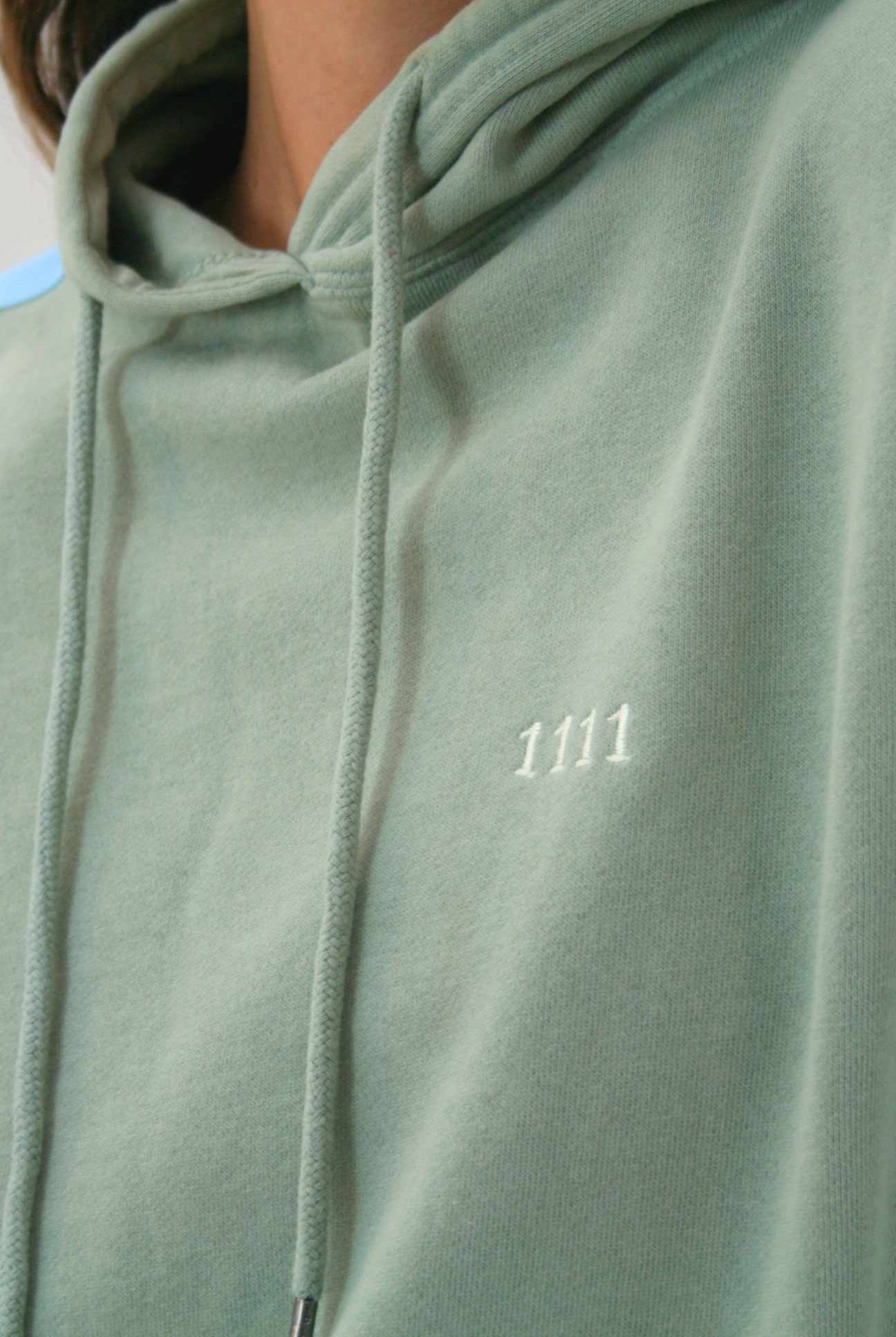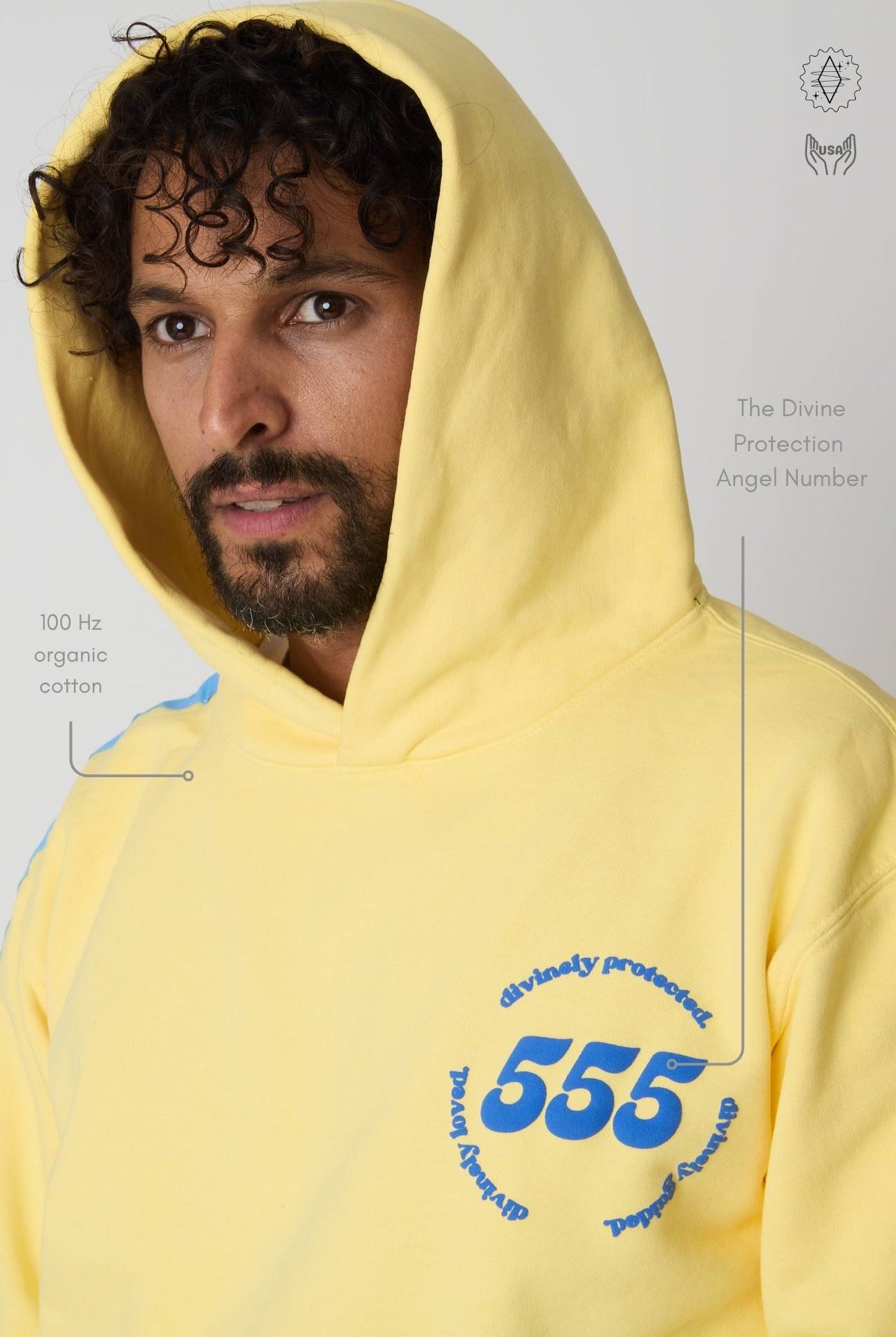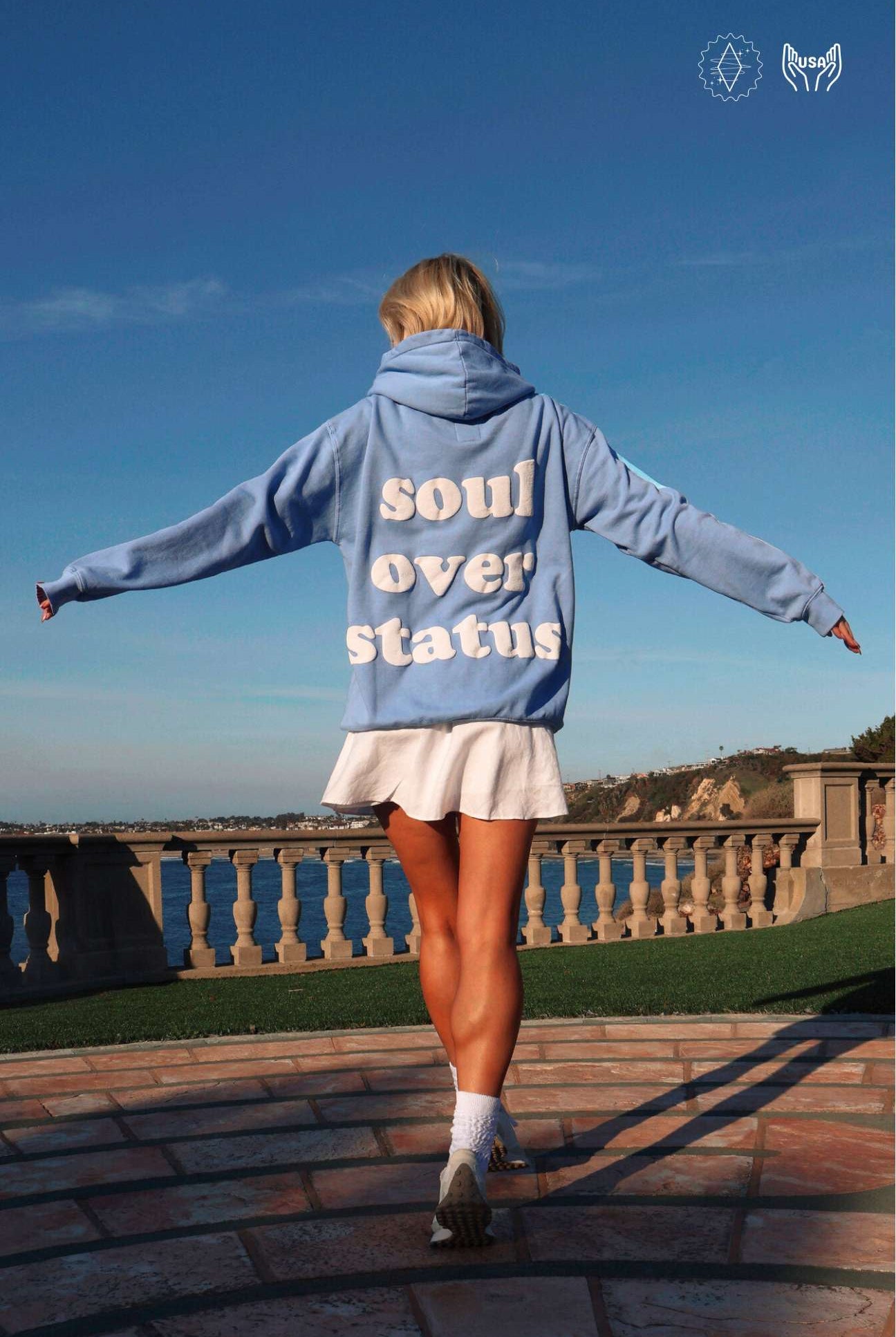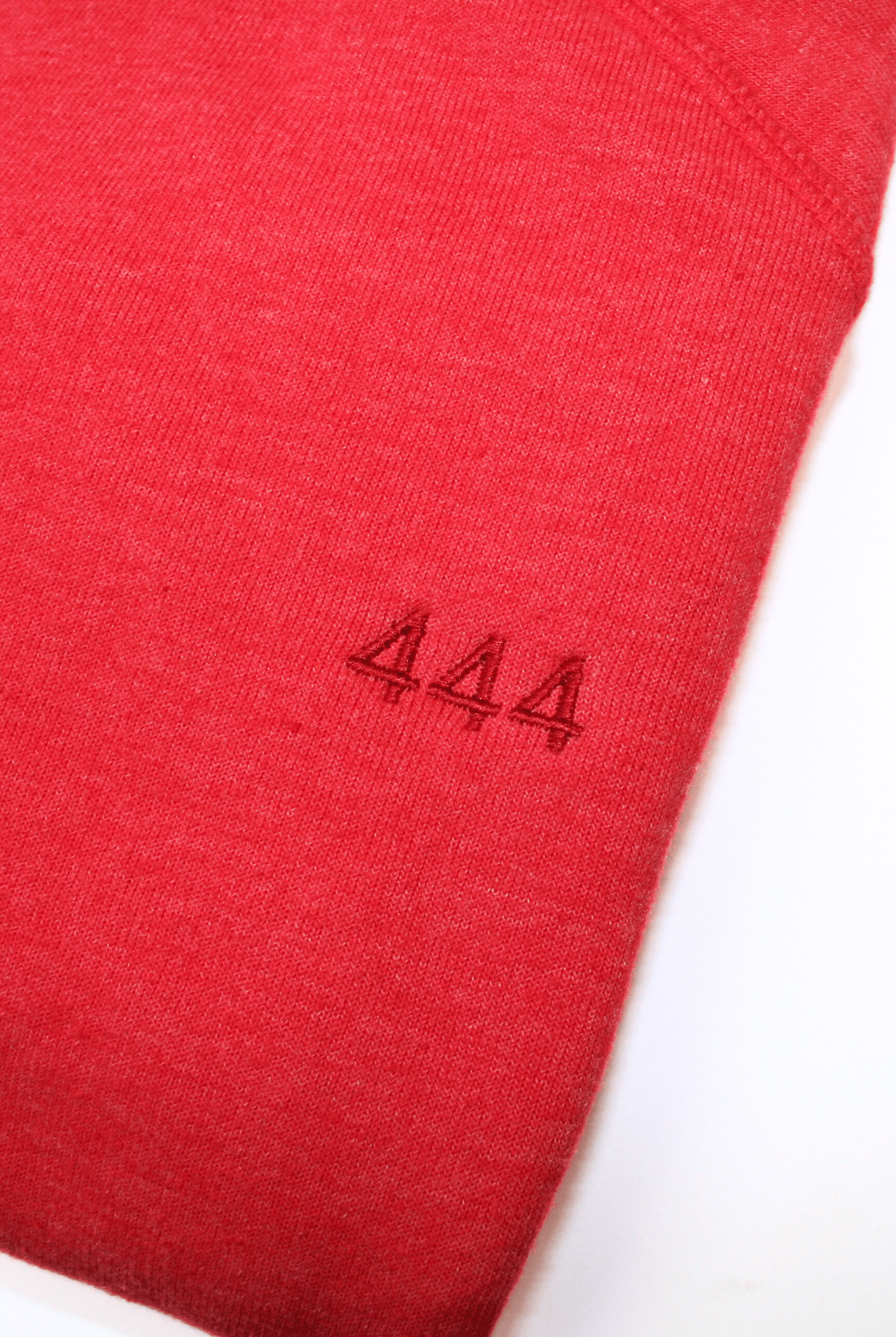Key Takeaways
Origins of Samhain
This article explores how the ancient Celts celebrated Samhain as the turning of the year—marking the boundary between life and death, light and shadow.
Myths, Legends & Symbolism
Explore the mystical tales surrounding the celebration of the celtic festival Samhain, from the thinning of the veil to the spirits and deities said to walk among us.
The Meaning
Learn why Samhain was more than a festival of the dead—it was a time of honoring ancestors, inner reflection, and spiritual renewal.
Samhain’s Legacy
Discover how modern traditions—from Halloween to pagan rituals—carry echoes of Samhain’s ancient wisdom and timeless energy.
Each year when the last gasp of October warmth fades and the wind sharpens, something ancient moves beneath the surface of things. The Festival of Samhain's always carried that feeling, an ache in the air that says the world's changing again.
The ancient Celts knew it well. They watched the sun sink lower each day, gathered the final harvest, felt the doorway open between their living and dead.
Samhain was a turning of the great wheel, a sacred pause. The Celtic New Year, as some later called it, when time folded and unfolded, the veil thinned. To the ancient Irish, this was alignment of sorts, a moment when the earth breathed out and entered a new period.
If you've ever felt drawn to the mystery of Halloween, or sensed something alive in the autumn night, you're already in conversation with the essence behind Samhain. It's a whisper from the old world. Reminding us that endings are, in a way, seeds for beginnings.
GFL's Stars Collection's made for nights like these—where darkness becomes inspiration, where the cosmos reminds us who we are.
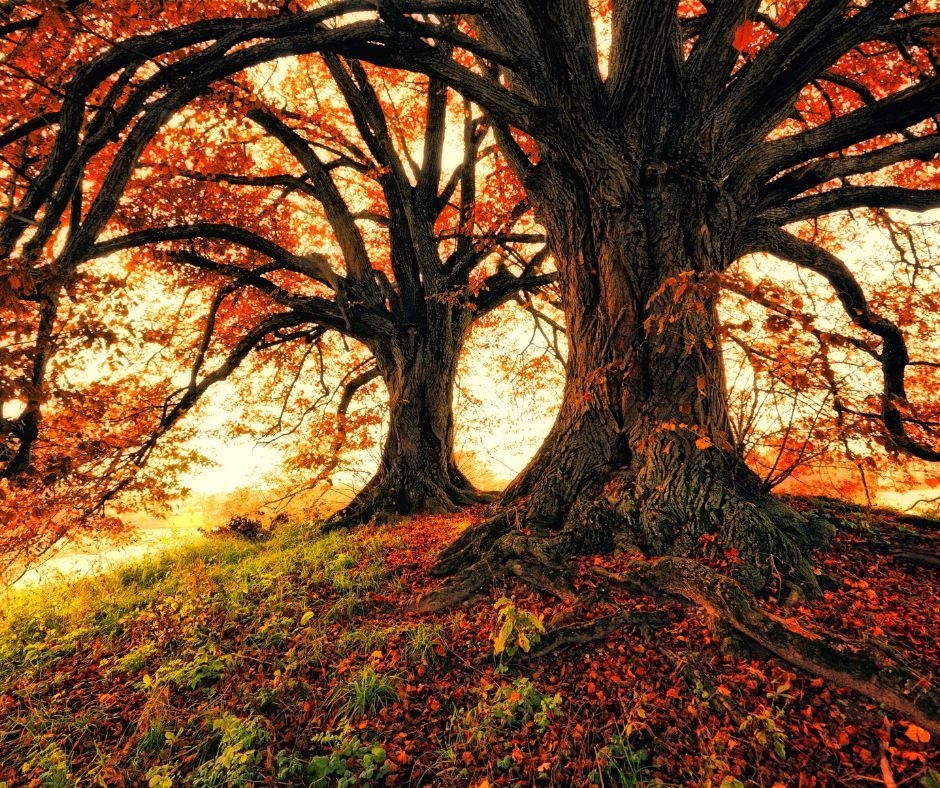
What is the Festival of Samhain? Harvest, Winter, & the Turning Year
In ancient Ireland, Samhain marked the end of the summer season and the start of the darker half of the year. The Celts saw life as a cycle, and this festival was the hinge point of sorts, that space between what had been and what was still on its way.
Fires were quite central to the ritual. Families would let their household fires burn out, then carry home new flames lit from a communal bonfire. These flames bonded the community together. As sparks rose toward the sky, people offered thanks for the harvest and anticipated the long winter ahead.
It was said that on Samhain night, the Aos Sí—the old nature spirits and guardians of the underworld—walked freely among humans. Food and drink were left at doorsteps for the ancestors or wandering spirits. The world treaded between the living and the passed, the unseen in between.
Samhain: Celtic New Year? Halloween? History & Debate
Whether Samhain marked the true Celtic New Year is something historians still hotly discuss.
There's no surviving calendar that spells it out quite outright, but in medieval Ireland time was measured by the natural world, not months. The year started when the harvest ended, when fires burned low and the winter claimed the land. In that rhythm, Samhain was the harvest's eve, the closing breath before the next cycle.
As the centuries turned, these Celtic rites evolved. When Christianity spread across Europe, the Christian Church absorbed several of these old customs, placing All Saints Day and All Souls Day beside them. The names evolved—Hallows Eve, then Halloween—but relics of the Celtic customs beneath remained. Masks became costumes, bonfires turned to jack o lanterns, offerings to shared sweets.
This created a festival that never really died, just one that'd changed shape in a few ways. So what we now celebrate each October 31st is part memory, part reinvention, part echo of something way, way older.
Ancient Origins, Rituals, & Mythic Significance
To ancient Celts, Samhain hadn't been about fear of spirits. Relationships were the center—to them, the boundary between worlds softened, and they used that openness to honor ancestors, seek guidance, and reaffirm their place in the vast web of creation.
The slaughtered cattle from the harvest were both practical and symbolic, ensuring survival through the cold, while acknowledging the passage of life for life. Fires were kept burning bright to light the path for visiting souls. It was a celebration, certainly, but also a reckoning of sorts with impermanence.
In this space between seasons, modern mystics like us see the reflection of our own inner cycles—times of shedding, times of silence, times of listening, times of change. In a sense to reflect in Samhain is to accept that endings are beginnings and really one movement, natural and easy as inhale and exhale.
Irish Mythology Threads
Celtic mythology's woven with Samhain's presence. In many ancient Irish stories, Samhain night's when heroes face the Otherworld—where fairies, gods, mortals alike cross paths. The Dagda, the chief father figure of Irish mythology, meets the Morrígan, the great queen, on Samhain, and their union blesses and gives victory to the land.
Other traditions speak of fairy mounds opening, of travelers vanishing into light, of time moving differently from the human world. For the Celts, these were reminders that the veil between earth and the underworld was thin, that knowledge could come from the unseen if approached with humility.
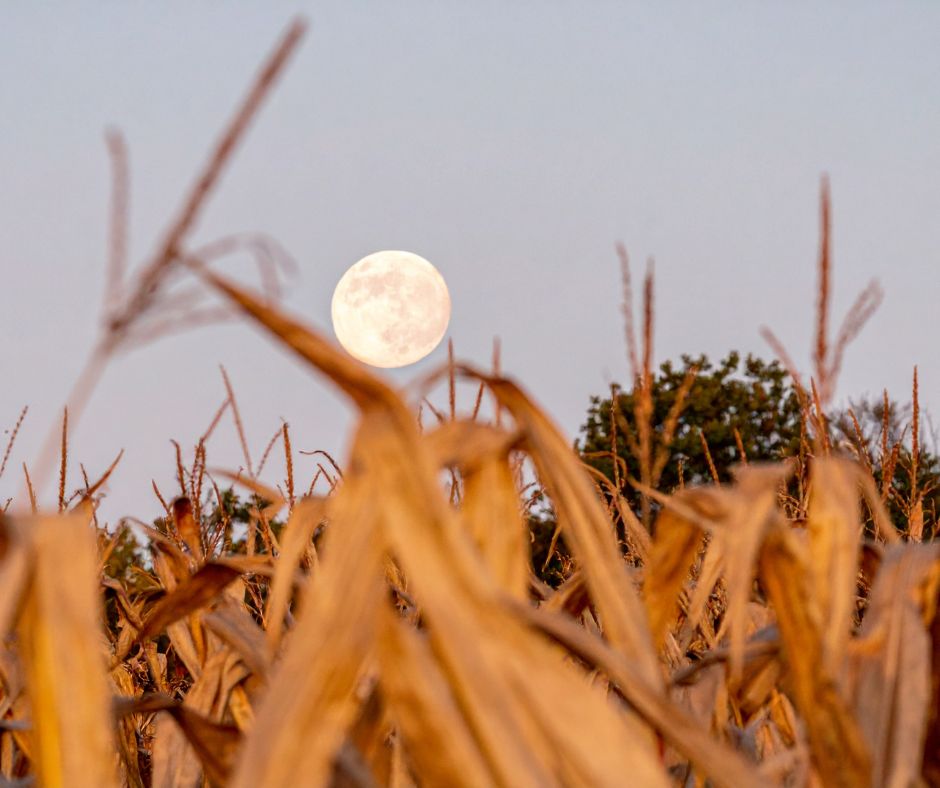
Astronomical Alignments & Earthly Geometry
If you've ever stood under a clear Samhain night sky in Ireland or Scotland, you can feel how beautifully timed the season is. The sun drops lower each day. The Celts watched these movements closely. To them the heavens were perhaps a calendar, the earth perhaps a mirror.
Samhain sits partway between autumn equinox and winter solstice, a cross-quarter point, of balance, of transition. Some archaeologists believe that certain mounds and tombs, like those at Tara Hill and Loughcrew, were aligned to capture the sun's position during this exact window.
The people who built them may well have felt geometry was something sacred, not unlike us mystics today—a bridge between the physical world and the subtle. The communal bonfires of Samhain echoed those alignments, these circles within circles, light mirrored in earthly geometry and in the orbits above, too.
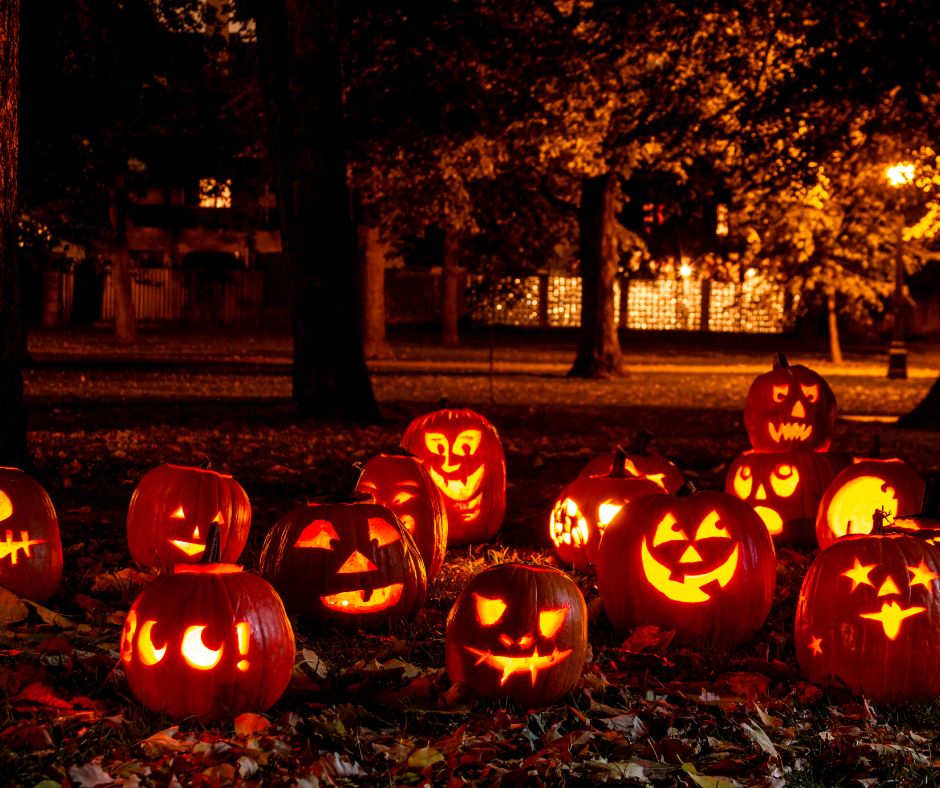
Modern Revival, Practice, & Cultural Legacy
For centuries, Samhain's lingered in pieces—peeking through folklore, folded into Halloween traditions. But in recent times, it's risen in prominence. Modern pagans and mystics in Europe, the northern hemisphere, and beyond gather to celebrate the ancient festival.
In these circles you might see a blending of ancient and new. People meditate beside their household fireplaces, set intentions for the coming year. Some share meals, some hold quiet time, some stargaze under the night sky to reconnect with the cycles that guided the Celts.
Even in cities, where other fires might burn electric blue, the spirit behind Samhain persists. Every costume, pumpkin, every whisper of trick or treat carries a faint trace of that old dialogue between the seasons. Halloween traditions might look pretty darn modern these days, but their bones are old, older than medieval Ireland; older, even, than the word 'Halloween' itself.
What's changed most, perhaps, is intention. The festival that once made communities feel safe through winter now serves a new purpose: it keeps us awake to the turning of the world. It reminds us of how no matter how far we're pulled from the soil, our souls still feel the rhythm of the universe.
Final Thoughts: Samhain as Threshold of Transformation
Perhaps we can take every festival of Samhain as an invitation, one to remember, to release, to realign.
The veil may well thin just once a year, but the truth it reveals, that life renews itself endlessly, remains with us always. It reminds us that endings aren't failures, more like thresholds; that sometimes closing warm chapters and stepping into the cold are part of becoming whole.
For us at GFL, this message carries through everything we create. The stars stitched into our coded clothing are alignment tools, symbols of cosmic rhythm, awakening. Just as Samhain echoes of the majestic cycle of seasons, our mission's to help you live in tune with that rhythm, through what you wear, how you move, and the energy you share.
Our Stars Collection honors this same current of transformation. Each piece is infused with reminders that light's never quite lost... only shifting, in some soft way. When you wear it under the night sky, think of those who once stood around the bonfires. They trusted that even in the darkest cold and the coldest dark, the harvest would return.
Expand Your Knowledge of the Esoteric | GFL
Rediscovering the Nag Hammadi Scriptures: Ancient Gnostic Scriptures for a New Cosmic Era
Discovered in 1945 near Nag Hammadi, Egypt, these ancient Gnostic manuscripts reveal secret teachings of Jesus, Sophia, and the divine realms. Explore how their message of inner light, unity, and higher consciousness aligns with the Galactic Federation of Light’s vision for planetary awakening.
How to Set Powerful New Moon Intentions for Manifestation
Discover how to harness the energy of the new moon to set intentions, perform rituals, and manifest your goals. Includes step-by-step instructions, crystal guidance, and affirmations for each zodiac sign.
Samhain and the Celtic New Year: Origins, Rituals, and Myth
Explore the ancient roots, spiritual meaning, and modern myths of Samhain. Was it truly the Celtic New Year? Discover the facts, traditions, and legacy.



































































